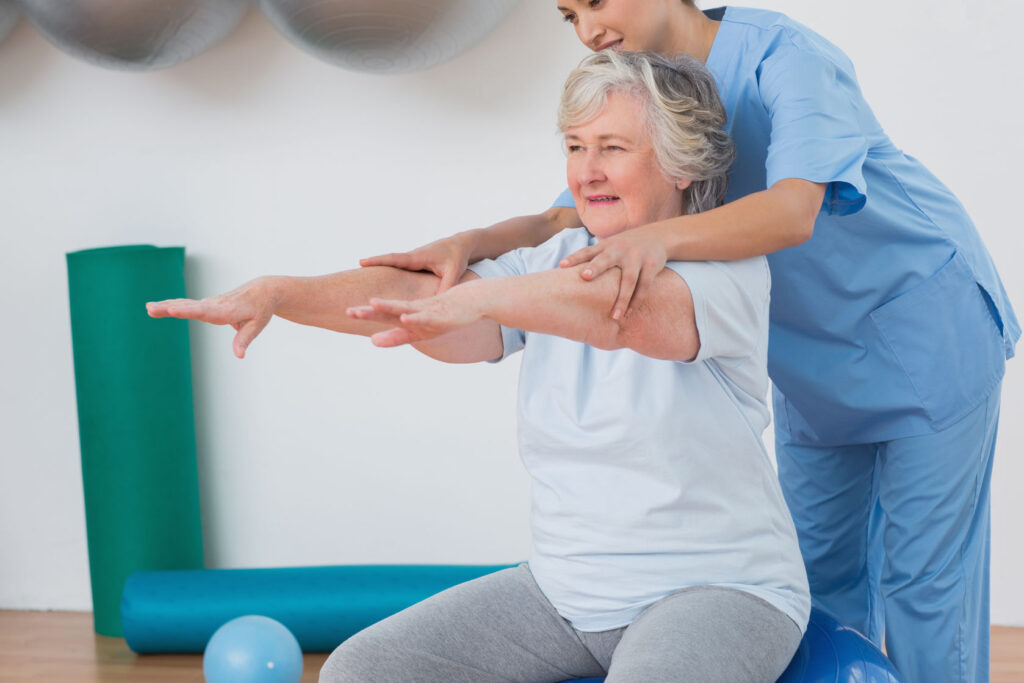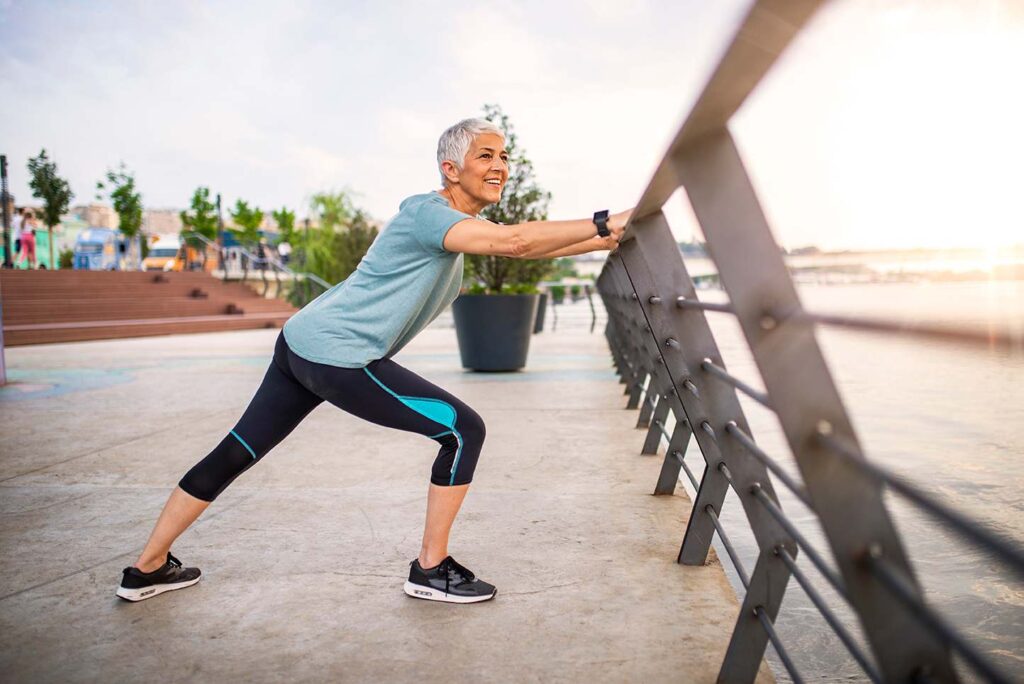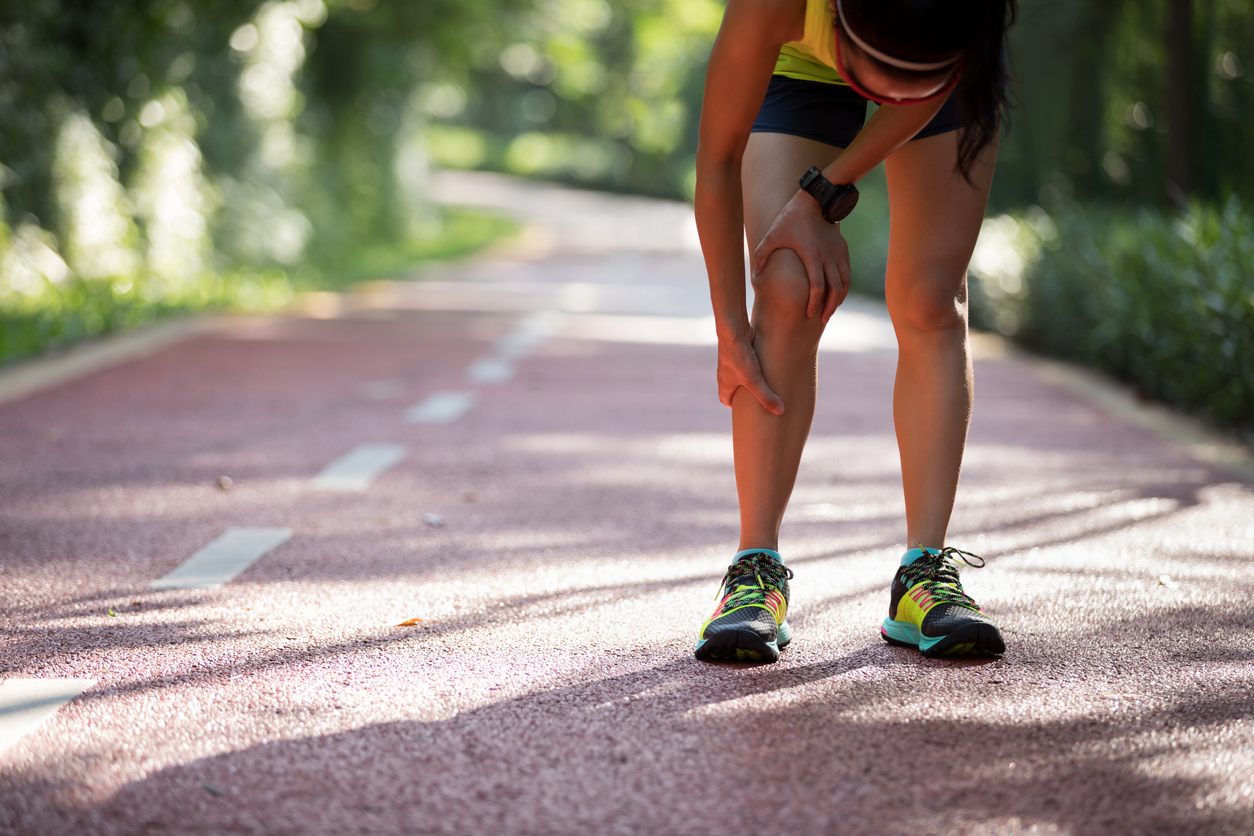It hurts too much to go for a run – is this something a person with chronic pain has said to you or something you have heard them say? The simple truth is that if you don’t work out, you’ll end up in much greater pain. Blood flow is essential to the health of your muscles, joints, and ligaments, and regular physical activity promotes the intake and elimination of harmful pollutants. Pain from arthritis and sore muscles is exacerbated if you sit about.
During physical activity, chemicals like brain-derived neurotrophic factor, which helps in chronic therapy. This chemical facilitates neuroplastic changes in the brain, which in turn facilitates adaptation and pain relief.
Experiencing difficulty finding motivation to exercise?
It’s important to remember that exercise has many other purposes than relieving pain. See how it benefits your whole body below!
- Benefits to the nervous system include enhanced cognitive performance, reduced symptoms of sadness and anxiety, enhanced capacity for planning and concentration, and a reduced chance of developing Alzheimer’s disease.
- Protection from inflammation is provided by the immune system; however, excessive exercise can temporarily suppress the immune system, so moderation is key.
- The musculoskeletal system benefits from reduced risk of fractures and falls as well as decreased fatigue; the endocrine system benefits from an enhanced response to insulin and a reduced risk of diabetes; the cancer risk profile benefits from a reduced risk of breast, colorectal, and other cancers; the cardiovascular profile benefits from a reduced risk of heart attack and stroke.

How to Workout While Experiencing Pain?
Daily exercise is like taking a daily dose of medication for pain. Some form of “moderate” intensity exercise is recommended first thing in the morning. This might need a somewhat quicker pace as you make your way from the kitchen to the lavatory. Don’t push yourself so hard that you can’t catch your breath during your workout. If required, you should be able to hold a conversation, but you shouldn’t have to yell the whole time.
Make a daily schedule with concrete tasks. If you’re going to garden, for instance, plan on doing something specific, like planting flowers. If you don’t want to be exhausted when you’re through, divide the task into smaller parts and take breaks as needed. Pause sometimes to gauge your strength and tiredness levels so that you can pace yourself appropriately.
How can I know which physical activity will benefit me the most?
Chronic pain can be helped by a wide variety of activities; pick one that you love doing. Having a training partner, whether it’s a friend or a dog, may make the time spent at the gym fly by.
Here are some pointers to help you launch into it.
- Practicing yoga: Hatha Yoga, which is characterized by a series of mild postures and breathing exercises, has been shown in recent research to alleviate both the somatic and psychological manifestations of chronic pain. Also, it’s useful for treating mental health issues including sadness and stress. This little physical activity increases oxygen flow to the muscles, which in turn increases energy and decreases bodily stiffness. Simple and easy is best; don’t take on something too difficult.
- The best and least expensive form of exercise is walking. You want to return from your stroll feeling refreshed, or at least not more exhausted. Use poles like those seen in the Alps. They look like ski poles but include rubberized tips for use on hard surfaces like sidewalks.
- Regular tai chi practice, especially when limited to a sitting position, has been found to improve health and well-being in a number of important ways. It’s also possible to get helpful guides and tutorials on the popular video-sharing website like YouTube.
- Core strength may be developed with aquatic workouts like water-walking and water aerobics, which place less strain on the joints. Swimming the breaststroke or backstroke will reduce the amount of twisting placed on your spine, making these strokes ideal for those suffering from back pain.

- The use of walking poles relieves strain on the hips, knees, and lower back. They help you stand taller and stronger by engaging muscles other than your legs, and they also help you burn more calories. Walking poles may be found at many retail locations, including drugstores and sporting goods stores. Used ski poles can be used instead. Put rubber tips on them, which may be purchased at a medical supply store.
- Light weight lifting can alleviate chronic pain by strengthening the muscles near the painful joints, therefore reducing the strain on those areas. The trick is to avoid pushing yourself beyond your limits.
In order to alleviate chronic pain, it is recommended to engage in regular stretching sessions.
Does daily exercise really make a difference?
Patients with chronic pain should move around at least a few times a day, even if only in a chair. Some of the health advantages of exercise are lost if the person sits for lengthy periods of time afterwards, even if they are not in pain. The key is to exercise in increments at different times throughout the day.
Arrange a visit with a chronic pain management doctor.
Expert guidance from a pain management doctor is invaluable when dealing with chronic pain. First and foremost, they may locate therapies that are both successful and least intrusive, therefore reducing your chronic pain and allowing you to resume your previous, busy lifestyle. Second, they can guide you towards activities and routines that won’t make your pain worse and may even aid your recovery while you’re receiving therapy.
Consider going through the exercises that you’ve done in the past that helped with your chronic pain. Several pain-free activities may be available to you on a regular basis, and they may even be helpful in conjunction with your current treatment plan for chronic pain if your health permits.
Consult with your chronic pain management doctor before beginning any new fitness programme.
The best kind of exercise for one person with chronic pain may not be the best form of exercise for another person with chronic pain.
For more information on chronic pain symptoms, chronic pain resources or effective chronic pain treatment options, you should book a consultation session with a specialist at Chronic Therapy today, to give you professional advice that will suit your personal experience.
More to read: How to Get a Good Night Rest Despite Chronic Pain

